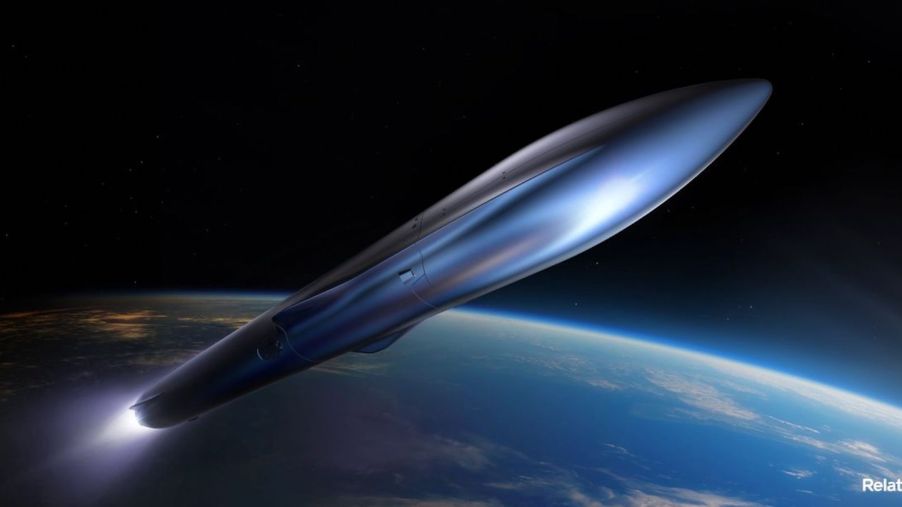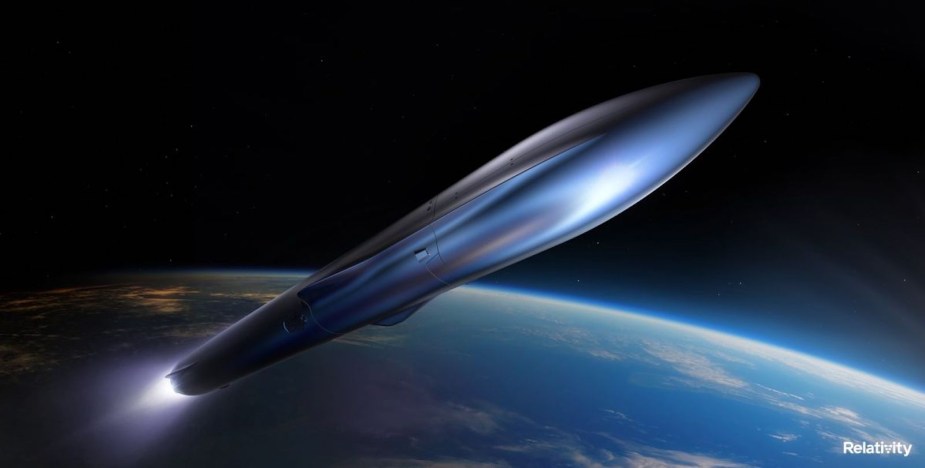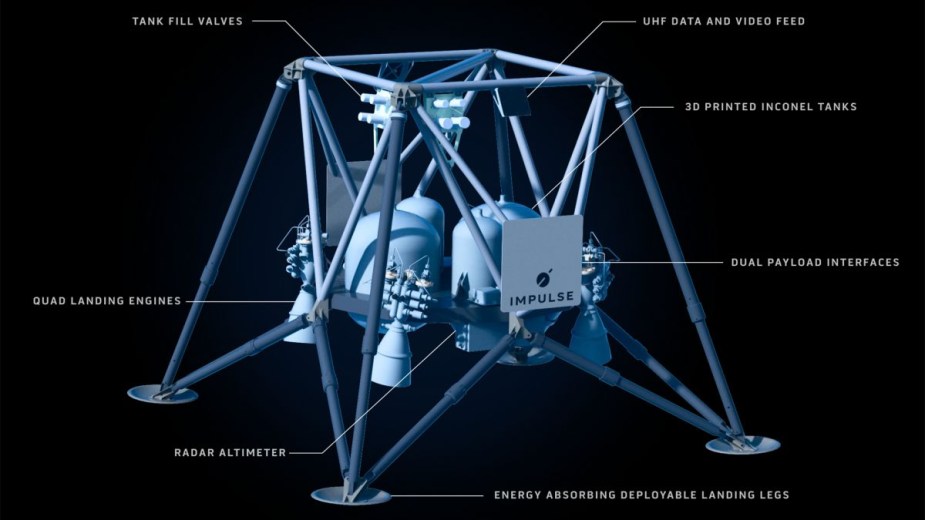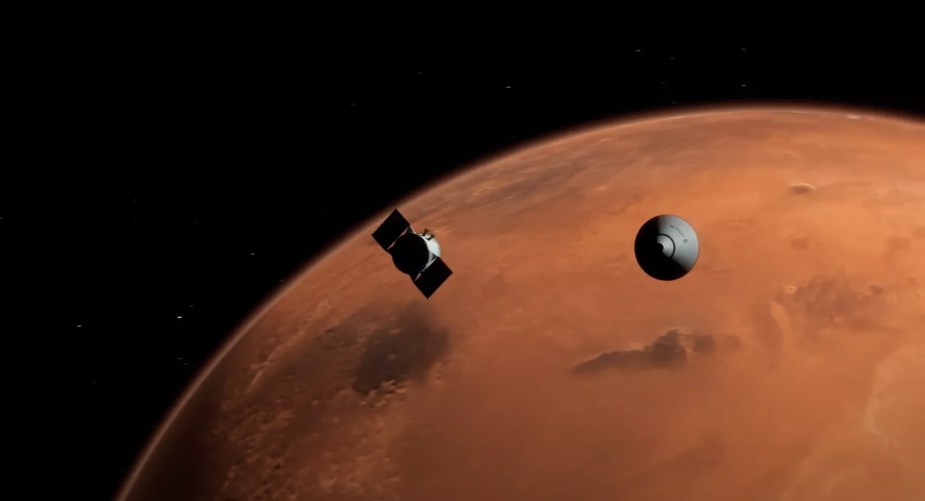
These Two Companies Plan To Beat Space X To Mars By 2024
There are two separate startup companies planning manned flights to Mars by 2022, beating SpaceX which plans to do the same by the end of the decade. Relativity Space and Impulse Space, both located in California, made the announcement today in a joint statement. They’re teaming up using Relativity Space’s Terran R rocket combined with the Impulse Space Cruise vehicle and Mars Lander.
What have Relativity and Impulse launched?

While the announcement was expected, the timeline wasn’t. Neither Relativity nor Impulse has launched a payload. But both have raised substantial amounts of capital, with Relativity having raised over $1 billion since first forming in 2015. The company already has an excellent reputation for 3D printing metal parts.
So far, Relativity has made its Terran R rocket fuselages and engines with 3D printed components. This is going on at its new Long Beach, California autonomous factory. It says its processes slash development times and supply chain issues. But none of its developments have been sent into the ether.
However, it has been silently assembling the building blocks for a launch. It has contracted with the U.S. Airforce and NASA to install launch facilities and support equipment. This indicates it has enough cred to continue its development plans. That also means the mission to Mars would be its first launch into space.
What does Impulse Space make?

Impulse Space has only been around since last year. It intends to develop “low-cost and nimble last-mile space payload delivery,” according to its website. It specializes in “creating orbital maneuvering vehicles specifically for last-mile payload delivery.” These specialties dovetail with Relativity’s plans.
But the gorilla in the room is, without a single launch, can they pull it off? “This is a major milestone for both Impulse and Relativity, as well as the entire space industry,” Impulse founder Tom Mueller says in its statement. “One of the most challenging aspects of landing on Mars is the ‘glide stage,’ which involves an aeroshell to encapsulate the lander for the survival of Mars entry. With the power of our combined teams, experience and passion, I am confident this historic mission will be just one of many to come.”
According to Space, Mueller was one of the founders of SpaceX. He led the company’s propulsion department until 2019. Before that, he was Vice President of Propulsion Engineering from 2002 to 2014.
Both space companies like naysayers

Relativity CEO Tim Ellis says the naysayers drive the company’s goals. “We need to do stuff that people think can’t be done,” he told the New York Times. He also envisions a team effort of sorts, with possibly hundreds of companies combining their resources to make travel happen. “We believe building a multi-planetary future on Mars is only possible if we inspire dozens to hundreds of companies to work toward a singular goal.”
Though SpaceX has announced its plans for a mission to Mars before the end of the decade, it has not set an exact time it plans to begin the launch.



